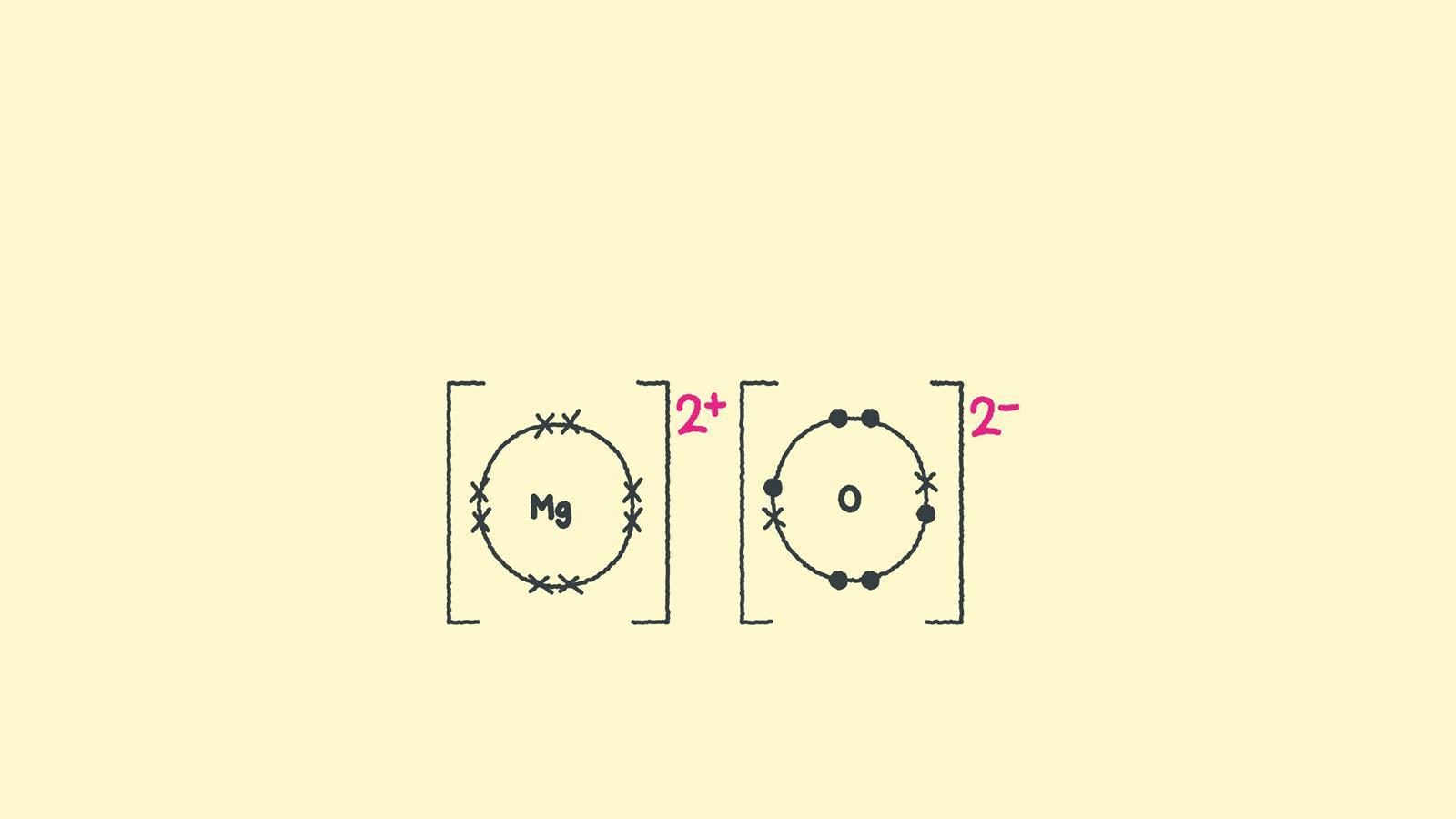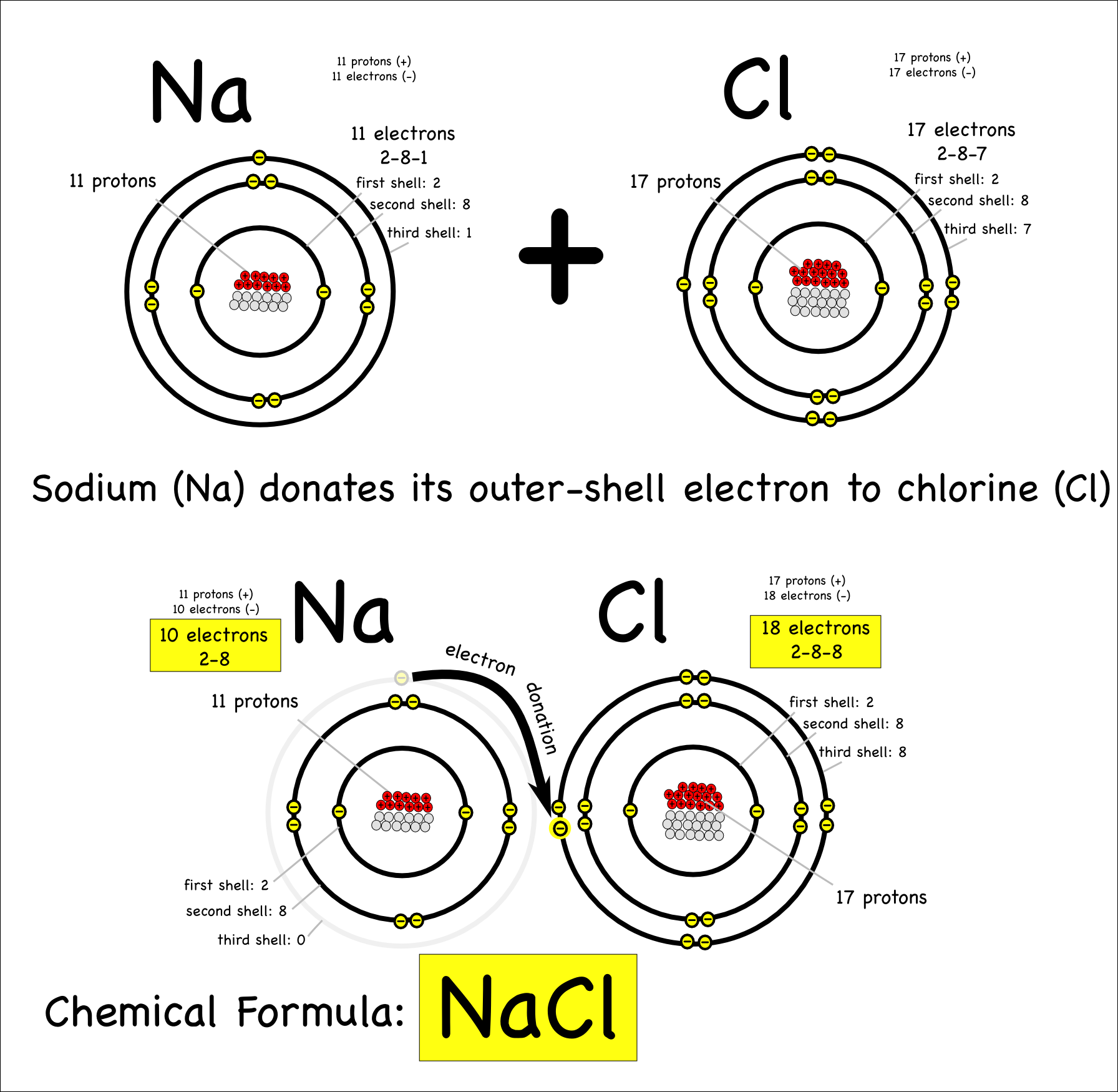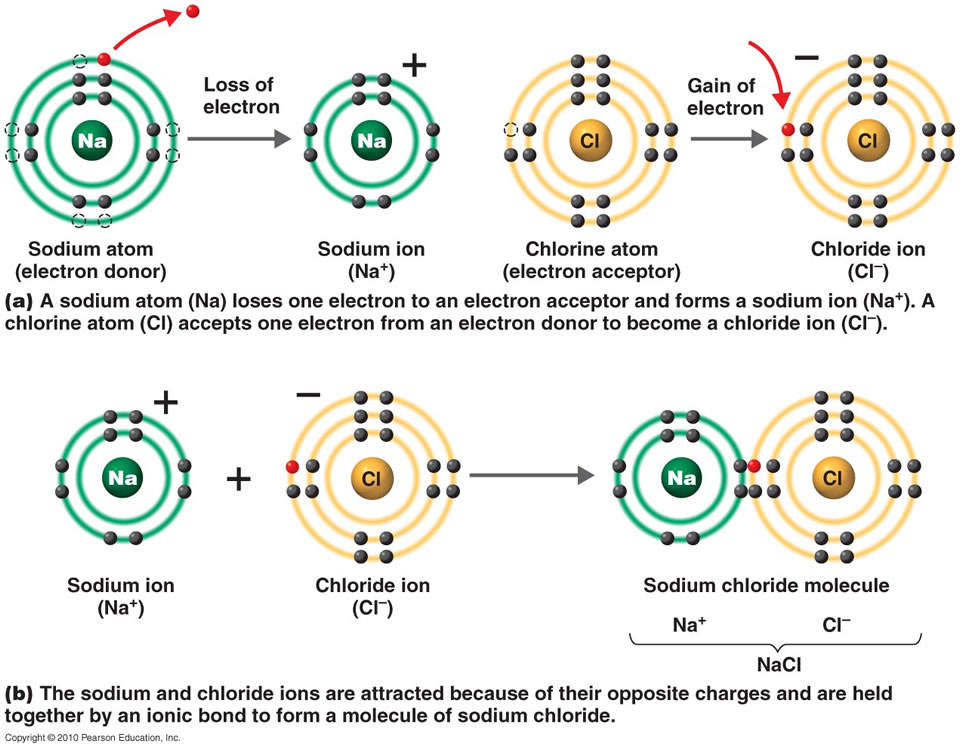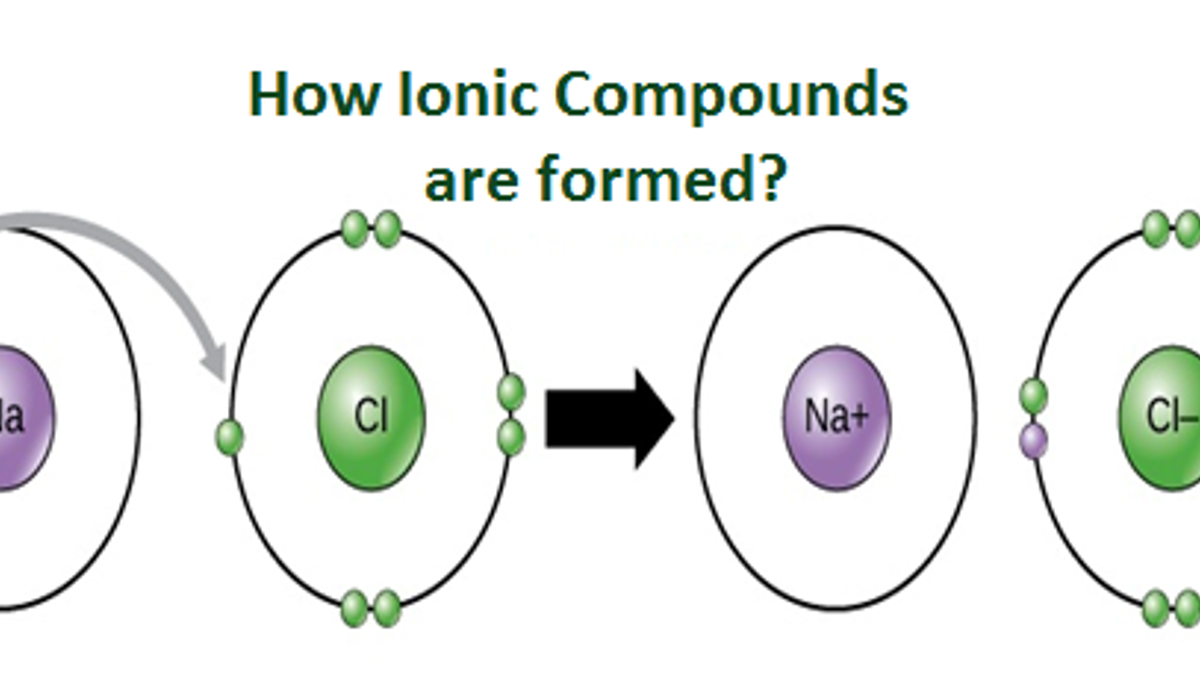How To Draw Ionic Bonds
How To Draw Ionic Bonds - In a covalent bond, the electrons are shared between atoms. Ionic bonds are caused by electrons transferring from one atom to another. Shows how to draw lewis dot structures for ionic compounds. Web once they have mastered electron configuration diagrams, show your learners how they can adapt them to show structure and bonding in covalent and ionic compounds. 1.21b explain how to draw ionic bonding.more. Web for exam purposes you need only show the outer electrons in dot & cross diagrams.you should be able to draw dot & cross diagrams for combinations of ions from groups 1,2,3,5,6 and 7. Instead ionic compounds stick together through electrostatic forces (different electrically charged ions) which we usually represent with brackets and the charge in the upper right corner. 2 show how electrons are transferred in ionic bonding. During ionic bonding the atoms form ions by gaining or losing electrons to obtain a full outer shell. Examples include nacl, mgf2, k2o, and al2o3. Web the two types of bonding are covalent, for the sharing of electrons between atoms, and ionic, for the net transfer of electrons between atoms. Web when drawing lewis dot structures for ionic compounds you need to follow a different set of rules than with lewis structures for covalent/molecular compounds. Ionic bonds require at least one electron donor and one. Instead ionic compounds stick together through electrostatic forces (different electrically charged ions) which we usually represent with brackets and the charge in the upper right corner. Ionic bonds require at least one electron donor and one electron acceptor. Covalent bonds occur mostly between nonmetal atoms. Web ionic bonding the atoms form ions by gaining or losing electrons to obtain electron. To facilitate our understanding of how valence electrons interact, a simple way of representing those valence electrons would be useful. In chapter 1, we used atomic theory to describe the structure of the fluorine atom. Web swap the crosses for dots in one of your diagrams. Ionic bonds are caused by electrons transferring from one atom to another. Even if. It is assumed that only electrons in the valence shell are involved in the formation of covalent bonds. Web for exam purposes you need only show the outer electrons in dot & cross diagrams.you should be able to draw dot & cross diagrams for combinations of ions from groups 1,2,3,5,6 and 7. Web ionic bonding the atoms form ions by. Even if you don't want to stud. During ionic bonding the atoms form ions by gaining or losing electrons to obtain a full outer shell. Web when drawing lewis dot structures for ionic compounds you need to follow a different set of rules than with lewis structures for covalent/molecular compounds. Covalent or ionic bonding will determine the type of compound. Web the attraction of oppositely charged ions caused by electron transfer is called an ionic bond. The two electrons in the bond are simultaneously attracted to both nuclei. Web to begin our exploration of bonding, we need to define the two main types of bonds: Web the attraction of oppositely charged ions caused by electron transfer is called an ionic. Ionic bonds occur between metal ions and nonmetal ions, or polyatomic ions. To facilitate our understanding of how valence electrons interact, a simple way of representing those valence electrons would be useful. 1.21b explain how to draw ionic bonding.more. Instead ionic compounds stick together through electrostatic forces (different electrically charged ions) which we usually represent with brackets and the charge. Web representing a covalent bond using lewis structures. This is because valence electrons. Web draw a lewis electron dot diagram for an atom or a monatomic ion. Web the attraction of oppositely charged ions caused by electron transfer is called an ionic bond. Web once they have mastered electron configuration diagrams, show your learners how they can adapt them to. Web for exam purposes you need only show the outer electrons in dot & cross diagrams.you should be able to draw dot & cross diagrams for combinations of ions from groups 1,2,3,5,6 and 7. Web the two types of bonding are covalent, for the sharing of electrons between atoms, and ionic, for the net transfer of electrons between atoms. In. To facilitate our understanding of how valence electrons interact, a simple way of representing those valence electrons would be useful. Ionic bonds are caused by electrons transferring from one atom to another. The strength of ionic bonding depends on the magnitude of the charges and the sizes of the ions. The strength of ionic bonding depends on the magnitude of. 2 show how electrons are transferred in ionic bonding. Examples include nacl, mgf2, k2o, and al2o3. Web the attraction between oppositely charged ions is called an ionic bond, and it is one of the main types of chemical bonds in chemistry. Web once they have mastered electron configuration diagrams, show your learners how they can adapt them to show structure and bonding in covalent and ionic compounds. Web for exam purposes you need only show the outer electrons in dot & cross diagrams.you should be able to draw dot & cross diagrams for combinations of ions from groups 1,2,3,5,6 and 7. Ionic bonds require at least one electron donor and one electron acceptor. 1.21b explain how to draw ionic bonding.more. These structural diagrams depict only the outer, or valence, shell electrons and are known as dot and cross diagrams. In almost all cases, chemical bonds are formed by interactions of valence electrons in atoms. Sodium (2,8,1) has 1 electron more than a stable noble gas structure (2,8). Web in ionic bonding, atoms transfer electrons to each other. Web representing a covalent bond using lewis structures. This is because valence electrons. These grades are the stepping stone to your future. The strength of ionic bonding depends on the magnitude of the charges and the sizes of the ions. Web ionic bonding mats this resource accompanies the poster how to draw ionic bonds from education in chemistry which can be viewed at rsc.li/3amzz9j learning objectives 1 draw dot and cross diagrams for ionic compounds.
2016 topic 4.1 bonding ionic

How to draw ionic bonding dot and cross diagrams Feature RSC Education

subatomic particles Montessori Muddle

Lewis Structure Of Ionic Compounds

How Do Ions Increase Conductivity? Atlas Scientific

drawing ionic bonds worksheet lineartdrawingsheartflowers

savvychemist Ionic Bonding (2) Dot and cross diagrams/Lewis structures

How Ions Are Formed? Infrared for Health

6 ionic bonding 01 — Postimages

Ionic Bonding Diagram
Instead Ionic Compounds Stick Together Through Electrostatic Forces (Different Electrically Charged Ions) Which We Usually Represent With Brackets And The Charge In The Upper Right Corner.
Web Draw A Lewis Electron Dot Diagram For An Atom Or A Monatomic Ion.
Web It's Just For Ionic Compounds Electrons Aren't Shared So You Won't Have Things Like Single Bonds Between Atoms.
Web Swap The Crosses For Dots In One Of Your Diagrams.
Related Post: